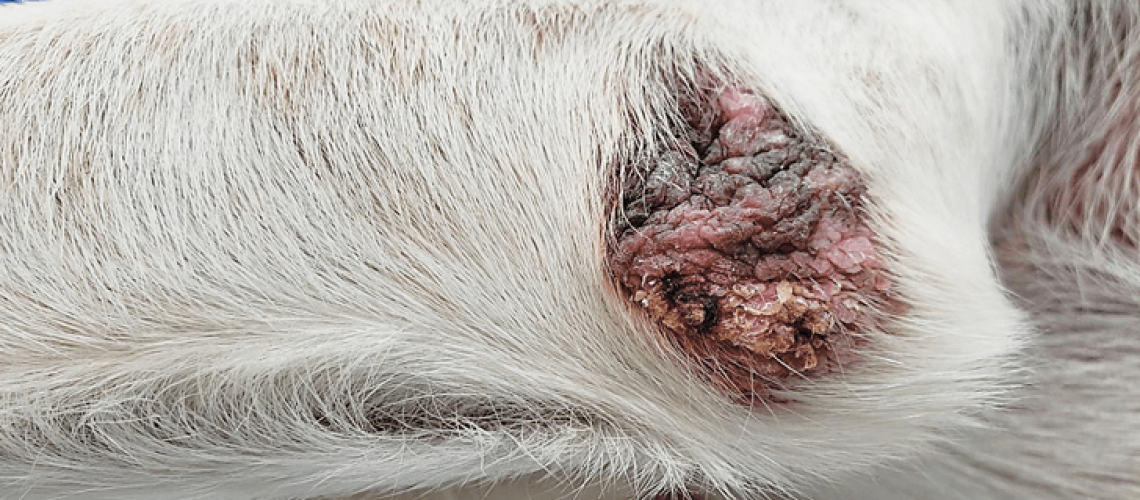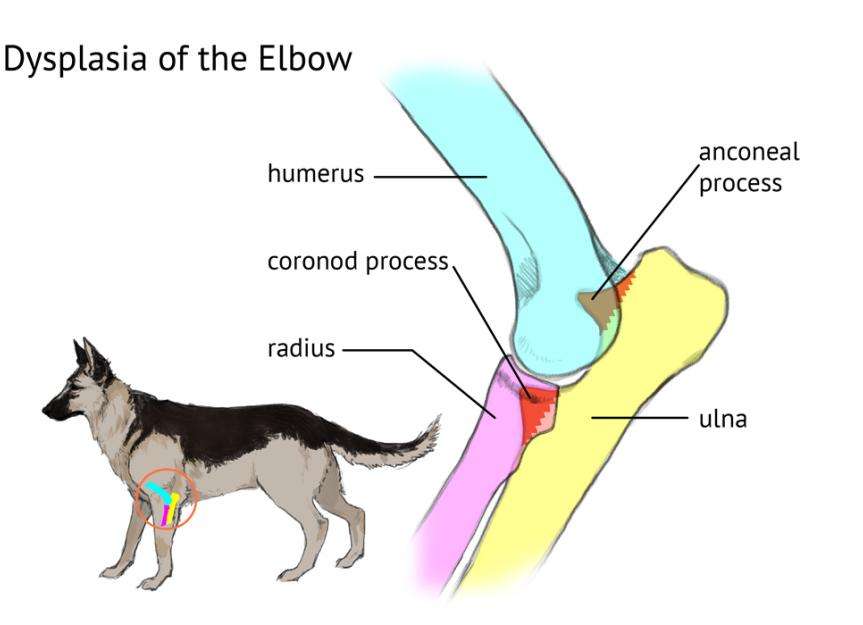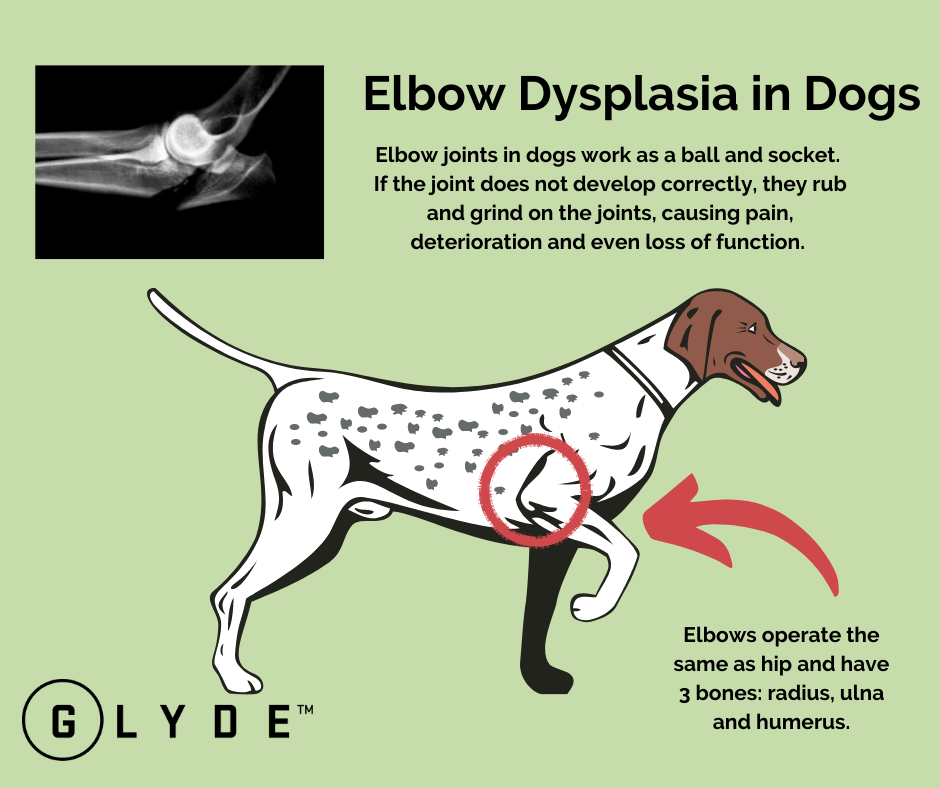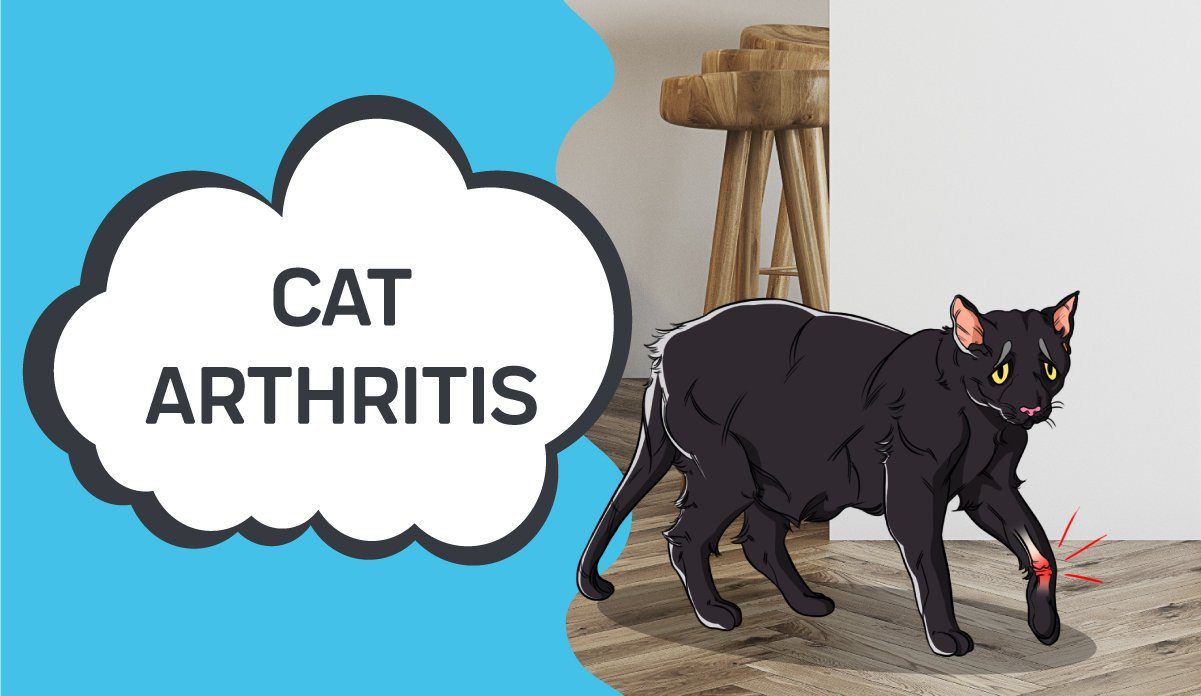Key Takeaways:
- Elbow hygromas in dogs are fluid-filled swellings that develop over the elbow joint.
- They are typically caused by repeated trauma or pressure to the elbows, such as lying on hard surfaces for extended periods of time.
- If left untreated, elbow hygromas can become infected and lead to more serious complications.
- Treatment options may include draining the fluid, providing padding or bedding to relieve pressure on the elbows, and addressing any underlying causes of the condition.
- Prevention is key in avoiding elbow hygromas, such as providing soft bedding and ensuring your dog has comfortable resting areas.
Are you a dog lover? Do you want to ensure the health and well-being of your furry friend? Then, understanding the topic of elbow hygromas in dogs is essential for you! Elbow hygromas may sound like a complicated term, but don't worry - we'll break it down for you. In simple terms, elbow hygromas are fluid-filled swellings that can develop on your dog's elbows. Now, why should you care about this? Well, these seemingly harmless swellings can actually lead to serious complications if left untreated. But fear not! By diving into this subject, you will gain valuable knowledge on how to prevent and treat elbow hygromas in dogs, ensuring a happy and healthy life for your four-legged companion. So let's embark on this informative journey together and become the ultimate guardians of our beloved pets!
What is an elbow hygroma in dogs and how does it happen?
An elbow hygroma is a fluid-filled swelling that can develop on the elbows of dogs. It occurs when there is repeated pressure or trauma to the elbows, causing damage to the tissues underneath the skin. The body's response to this damage is to form a protective cushion of fluid, which leads to the formation of the hygroma.
The most common cause of an elbow hygroma is when a dog repeatedly lies down on hard surfaces such as concrete or tile floors. When they rest their weight on their elbows, it puts pressure on the bony prominences, leading to tissue damage over time. Other factors that can contribute to the development of an elbow hygroma include obesity, poor muscle condition, and inadequate bedding.
How can I tell if my dog has an elbow hygroma?
If your dog has an elbow hygroma, you may notice a soft, fluid-filled lump on one or both of their elbows. The lump may be warm to the touch and can vary in size from small to quite large. In some cases, the skin overlying the hygroma may become thickened or ulcerated. Your dog may also show signs of discomfort or pain when pressure is applied to the affected area.
To confirm whether your dog has an elbow hygroma, it's important to consult with a veterinarian. They will perform a physical examination and may recommend further diagnostic tests such as X-rays or ultrasound to rule out other conditions and assess the extent of the swelling.
Signs that your dog may have an elbow hygroma:
- A soft lump on one or both elbows
- The lump feels warm
- Possible thickening or ulceration of the skin overlying the lump
- Discomfort or pain when pressure is applied to the affected area
How can I tell if my dog has an elbow hygroma?
Physical Signs
If you suspect your dog may have an elbow hygroma, there are several physical signs to look out for. One common indicator is the presence of a soft, fluid-filled swelling on your dog's elbow joint. This swelling may feel warm to the touch and can vary in size from a small bump to a larger mass. Additionally, you may notice hair loss or thinning over the affected area, as well as redness or inflammation.
Behavioral Changes
In some cases, dogs with elbow hygromas may exhibit behavioral changes that could indicate discomfort or pain. Your dog may become more reluctant to lie down on hard surfaces or put weight on the affected leg. They might also show signs of lameness or stiffness when walking or running. If you observe any of these symptoms, it is important to consult with a veterinarian for a proper diagnosis.
Which dog breeds are more likely to get elbow hygromas?
Larger Breeds
Elbow hygromas tend to be more common in larger dog breeds due to their size and weight. Breeds such as Great Danes, Mastiffs, and Saint Bernards are particularly prone to developing these fluid-filled swellings on their elbows. The larger body mass of these breeds puts increased pressure on their joints when lying down on hard surfaces, making them more susceptible to developing hygromas.
Short-Haired Breeds
Short-haired breeds are also at higher risk of developing elbow hygromas compared to long-haired breeds. This is because short hair offers less protection against friction and pressure when dogs rest their elbows on hard surfaces. Breeds like Boxers, Doberman Pinschers, and Weimaraners are examples of short-haired breeds that may be more prone to developing hygromas.
Can an elbow hygroma cause pain or discomfort for my dog?
Yes, an elbow hygroma can cause pain and discomfort for your dog. The swelling itself can be sensitive to touch and may cause localized pain. Additionally, the pressure exerted on the underlying tissues by the fluid-filled sac can lead to inflammation and irritation. Over time, if left untreated, the hygroma can become infected, which can further exacerbate your dog's discomfort. It is important to seek veterinary care if you suspect your dog has an elbow hygroma to alleviate their pain and prevent complications.
What can be done to treat elbow hygromas in dogs?
Conservative Management
In mild cases, where the hygroma is small and not causing significant discomfort, conservative management may be recommended. This involves providing soft bedding or padding for your dog's resting areas to reduce pressure on the elbows. Regularly cleaning and disinfecting the affected area can help prevent infection.
Medical Interventions
If the hygroma is large, causing discomfort or has become infected, medical interventions may be necessary. Your veterinarian may drain the fluid from the swelling using a needle and syringe under sterile conditions. Antibiotics might also be prescribed if there is an infection present. In severe cases or when conservative measures fail, surgery may be required to remove the hygroma or reconstruct the affected area.
Are there ways to prevent my dog from getting an elbow hygroma?
Padded Resting Areas
Providing your dog with padded resting areas can help prevent the development of elbow hygromas. Use thick blankets or orthopedic beds that offer cushioning and support. Avoid hard surfaces like concrete or tile floors, as they can increase the risk of pressure sores and hygromas.
Regular Exercise
Maintaining a healthy weight through regular exercise can also reduce the likelihood of your dog developing elbow hygromas. Excess weight puts additional strain on the joints, making them more susceptible to injury and inflammation. Consult with your veterinarian to establish an appropriate exercise routine for your dog's breed and age.
Protective Gear
For dogs that are prone to elbow hygromas or already have one, protective gear such as elbow pads or sleeves can be used to provide extra cushioning and prevent further trauma to the affected area. These protective measures can help minimize the risk of developing new hygromas or worsening existing ones.
Remember, if you suspect your dog may have an elbow hygroma, it is always best to consult with a veterinarian for proper diagnosis and treatment options tailored to your dog's specific needs.
In conclusion, elbow hygromas are fluid-filled swellings that can occur in dogs due to repeated pressure on their elbows. It is important to provide soft bedding and take preventive measures to avoid this condition, as it can lead to discomfort and potential complications for our furry friends.
How do you treat an elbow hygroma on a dog?
Draining and bandaging a small hygroma while it heals, and providing cushioning for the affected joint, can help prevent further damage. If left untreated, a hygroma can cause tissue erosion, inflammation, abscesses/ulcers, and infection. In advanced cases, surgical draining and flushing may be necessary.
Do dog hygromas go away on their own?
Treating mild hygromas can be easily done. Your veterinarian may suggest changing your dog's bedding or placing a pad over the hygroma to prevent it from getting worse. According to MarVista Vet, hygromas categorized as "simple" can heal by themselves within a few weeks.
What causes dog elbow hygroma?
A hygroma occurs when a certain area over a bony protrusion is repeatedly injured. The main cause of this is resting on hard surfaces like cement or hardwood floors. Larger dogs and older dogs, as well as those recovering from surgery, are more prone to developing hygromas.
Is hygroma life threatening in dogs?
As shown in the picture above, hygromas can grow to a significant size. However, they are purely cosmetic and do not pose any harm or discomfort to the dog. It is not necessary to drain them unless they become infected, which is a rare occurrence.
Are hygromas painful to dogs?
Hygromas are not known for causing significant pain. They form when the body experiences repeated minor injuries to a bony area in order to provide extra cushioning. These fluid-filled lumps develop under the skin as a result of inflammation, but they only cause pain if they become infected.
What happens when a hygroma bursts?
Hygromas typically occur beneath calluses. In the early stages, a hygroma appears as a soft swelling on the bone's surface, which may not cause any issues. However, complications arise when the hygroma ruptures, resulting in an open wound that is susceptible to infection.

















